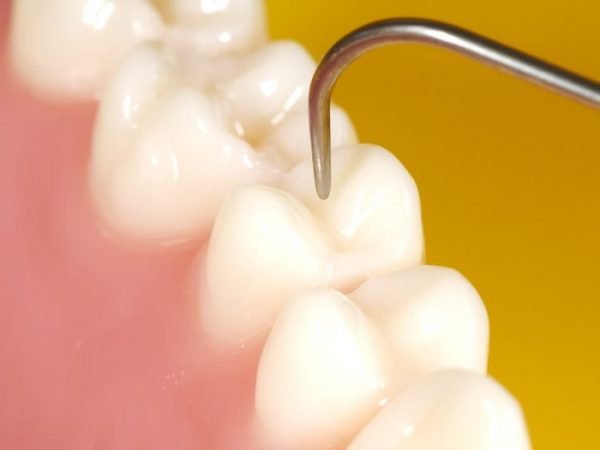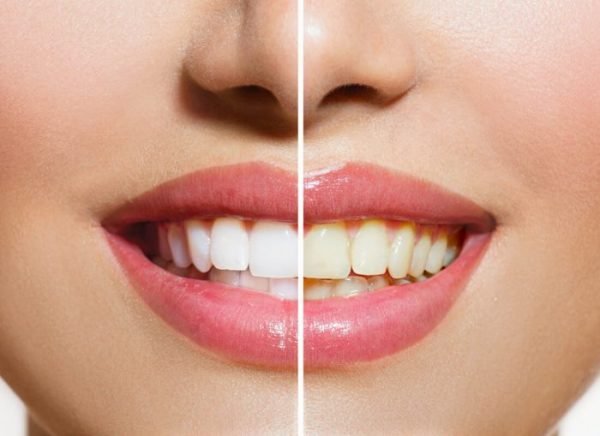ABOUT LINGUAL BRACES
Lingual braces are devices fitted to the reverse side of a patient’s teeth (non-lip side braces) to correct and straighten the patient’s teeth. Many patients choose lingual braces over traditional braces as they are not visible to other when positioned behind the teeth.
The braces are fitted by an orthodontist who specializes in treating the misalignment of teeth and jaws. Once the braces have been fitted, the patient will need to attend regular visits to the orthodontist, as the braces need to be adjusted.
Recommended for
- Patients who want a discreet but strong option for straightening teeth
TIME REQUIREMENTS
- Average length of stay abroad: 2 – 3 days.
The individual appointments do not require lots of time, but patients must visit the orthodontist several times.
- Number of trips abroad needed: 12.
This treatment requires trips to the orthodontist every 4 – 6 weeks during treatment.

COMPARE LINGUAL BRACES PRICES AROUND THE WORLD
HOW TO FIND QUALITY TREATMENT ABROAD
BEFORE LINGUAL BRACES ABROAD
Patients considering lingual braces should speak to an orthodontic specialist in the first instance. The orthodontist will be able to assess the patient’s problems and talk through a number of orthodontic treatment options. The patient must be available to attend the follow-up appointments to ensure that the braces are adjusted as needed.
If the orthodontist and the patient agree that lingual braces are the right treatment option, the orthodontist will take a number of impressions of the patient’s mouth and design a treatment plan.
HOW IS IT PERFORMED
The braces are fitted onto the backs of the patient’s teeth. As the treatment for teeth alignment is highly personalized to the patient’s specific issues, the exact placement of brackets will vary between each patient.
Procedure duration
The Lingual Braces takes 30 to 40 minutes.
It takes around 30-40 minutes to fit each brace. Most patients will wear their braces for between 18 months and 2 years.

WHAT TO EXPECT AFTER LINGUAL BRACES
Post procedure care
Most patients suffer with soreness and tenderness in the first week after the braces are fitted, and for a couple of days after each tightening appointment.
Possible discomfort
When the braces are first fitted, patients go through a period of adjustment as their mouths get used to the device. Some patients may also temporarily develop a speech impediment.
IMPORTANT THINGS TO KNOW ABOUT LINGUAL BRACES
Potential risks
- Nerve damage
- Dissatisfaction with results
FREQUENTLY ASKED QUESTIONS
Lingual braces are effective for minor corrections. For more severe cases, conventional braces are necessary.
Lingual braces can take longer than conventional braces, require more adjustments, and be more painful throughout treatment. Invisalign braces may similarly take longer.
Fitting lingual braces is no more painful than conventional braces. Parts of the procedure may be uncomfortable or slightly painful and the braces may ache for up to a week until you become accustomed to them. During the course of your treatment, your braces will need to be adjusted a number of times. During these adjustments, you may also feel some discomfort.
Lingual braces are not appropriate or recommended for severe and complicated cases or major corrections.















